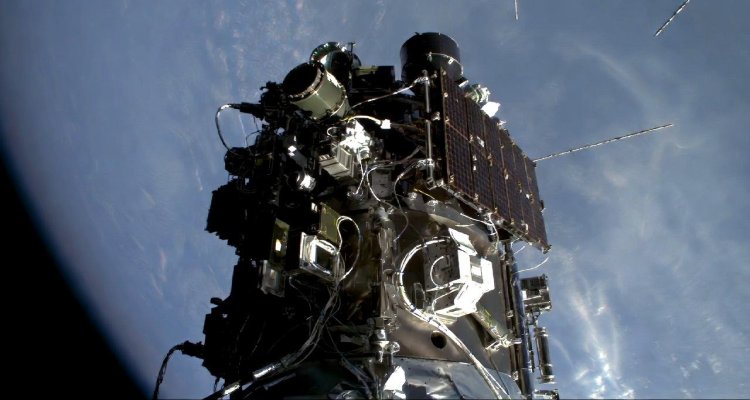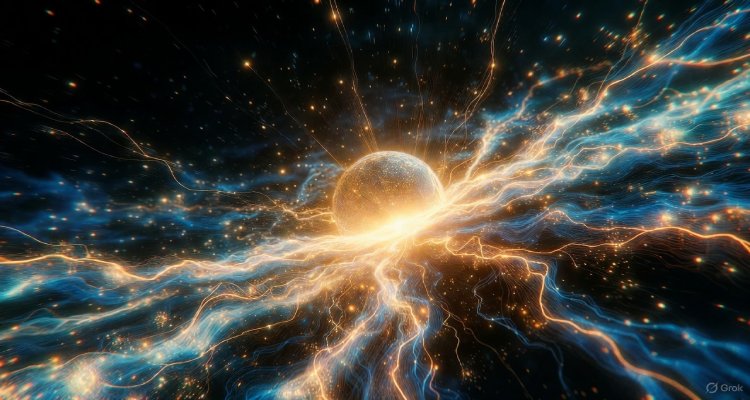The Star Factory Is Broken: Why Fame Isn’t What It Used to Be
The machinery behind stardom is faltering. From influencers to actors, discover why traditional fame is losing its sparkle in today’s fractured media age.
Introduction: The Era of Ephemeral Fame
Once, becoming famous meant achieving a near-mythical status—reserved for golden-age movie stars, chart-topping musicians, or iconic athletes. Today, fame is everywhere and nowhere. A viral TikTok can launch someone into instant recognition, only for their name to vanish weeks later. The mechanisms that once minted enduring stars—the so-called “star factory”—seem broken. But what exactly happened?
Context & Background: When Fame Meant Longevity
In the 20th century, fame was carefully engineered. Hollywood studios, major record labels, and television networks had the tools and platforms to manufacture celebrity personas. Publicists curated narratives. Media appearances were rare and impactful. Stars like Marilyn Monroe, Michael Jackson, or Princess Diana weren’t just celebrities—they were cultural pillars.
But with the arrival of the internet and the democratization of media, fame became accessible. Platforms like YouTube, Instagram, and TikTok gave everyday people the ability to become famous without middlemen. It was a revolution—until it wasn’t.
Now, we’re facing a strange paradox: more people are famous than ever, yet fame itself seems to mean less. Why?
Main Developments: The Collapse of the Fame Assembly Line
The decline of traditional fame can be traced to five key shifts:
1. Over-Saturation of Content
With millions of creators producing endless streams of content, audiences are overwhelmed. Fame today often results from algorithms rather than craftsmanship or talent. It’s difficult to build loyalty when users scroll past hundreds of faces daily.
2. Algorithmic Fame
Unlike the studio era, where gatekeepers curated who made it big, today’s fame is dictated by platforms. If an algorithm boosts your post, you could go viral overnight. But the same algorithm can bury you just as fast.
3. Decline of Shared Cultural Moments
In the past, millions tuned in together—whether for the Oscars or a chart-topping album release. Now, audiences are fragmented across niches. While someone might have millions of followers on TikTok, their name could still be unknown to the broader public.
4. Scandal-Driven Cycles
Fame today is often tied to controversy or online drama. Instead of talent or achievement, notoriety is increasingly rewarded. While it brings short-term visibility, it rarely builds lasting legacy.
5. Mental Burnout and Exit Culture
Many influencers and digital stars are walking away. The psychological toll of constantly “performing” online—without the privacy older celebrities enjoyed—is causing burnout. Fame, once a dream, is now seen by many as a trap.
Expert Insight & Public Reaction
Dr. Karen North, a professor of digital social media at USC Annenberg, notes:
“Fame has become transactional. It’s no longer about admiration—it’s about metrics. Followers, likes, views. And that’s unsustainable for most.”
Andrew DeMello, a former talent agent turned media strategist, adds:
“We used to build stars over years. Now, people expect overnight fame—and platforms encourage it. But there’s no infrastructure to support longevity.”
Public sentiment echoes these shifts. A 2024 Pew Research survey found that 58% of Gen Z respondents believe internet fame is “not worth the mental toll,” while 64% said they don’t trust celebrity endorsements anymore.
Impact & Implications: Who’s Affected—and What’s Next?
The broken star factory affects everyone—from aspiring creators to brands and audiences.
- Aspiring Artists: Many struggle to stand out in saturated markets. They’re forced to become marketers, content creators, and entrepreneurs—all at once.
- Media Companies: Traditional institutions can’t compete with the volume and speed of digital fame. Even the Oscars struggle for relevance in a TikTok world.
- Audiences: Overexposure has bred apathy. People may follow hundreds of influencers, but few feel truly connected.
However, there’s a possible silver lining.
As the illusion of fame fades, we may enter a new era of “authentic micro-celebrity”—where niche creators build small, loyal communities instead of chasing mass appeal. This shift could prioritize substance over virality, talent over controversy.
Conclusion: Rebuilding the Factory—Or Letting It Fall?
Fame isn’t dead—but it’s been democratized, destabilized, and, some would argue, devalued. The old star factory model—glossy, gatekept, and glamourized—has been replaced by a chaotic landscape of micro-trends and momentary fame.
In this new world, perhaps the goal isn’t to be famous to everyone, but meaningful to someone.
Disclaimer : This article is intended for informational and editorial purposes only. It does not constitute professional or legal advice. All quotes and data are based on publicly available sources as of July 2025.











